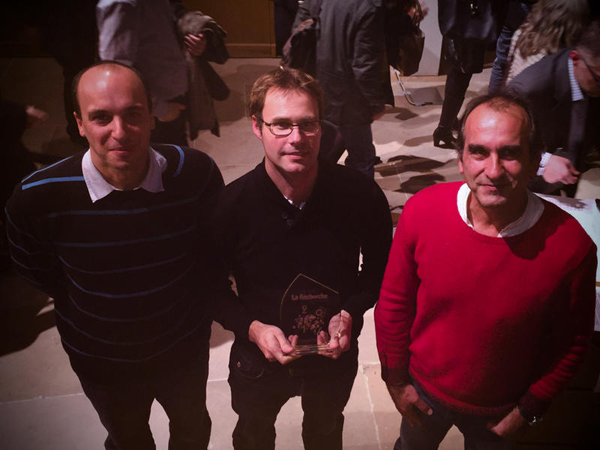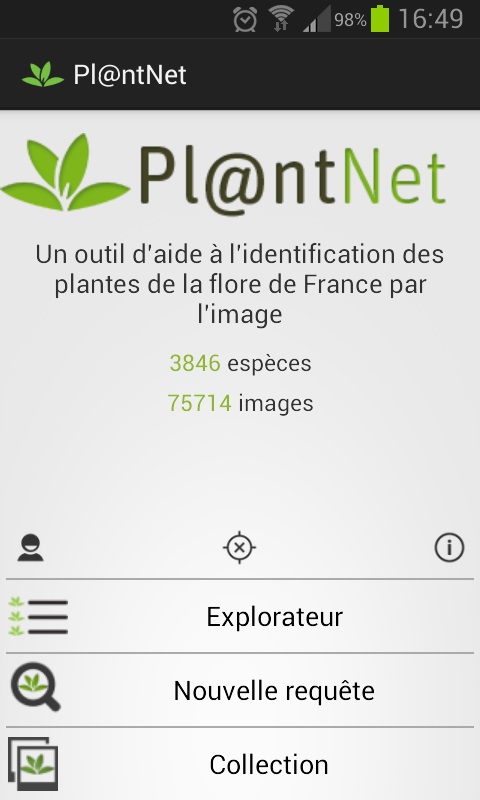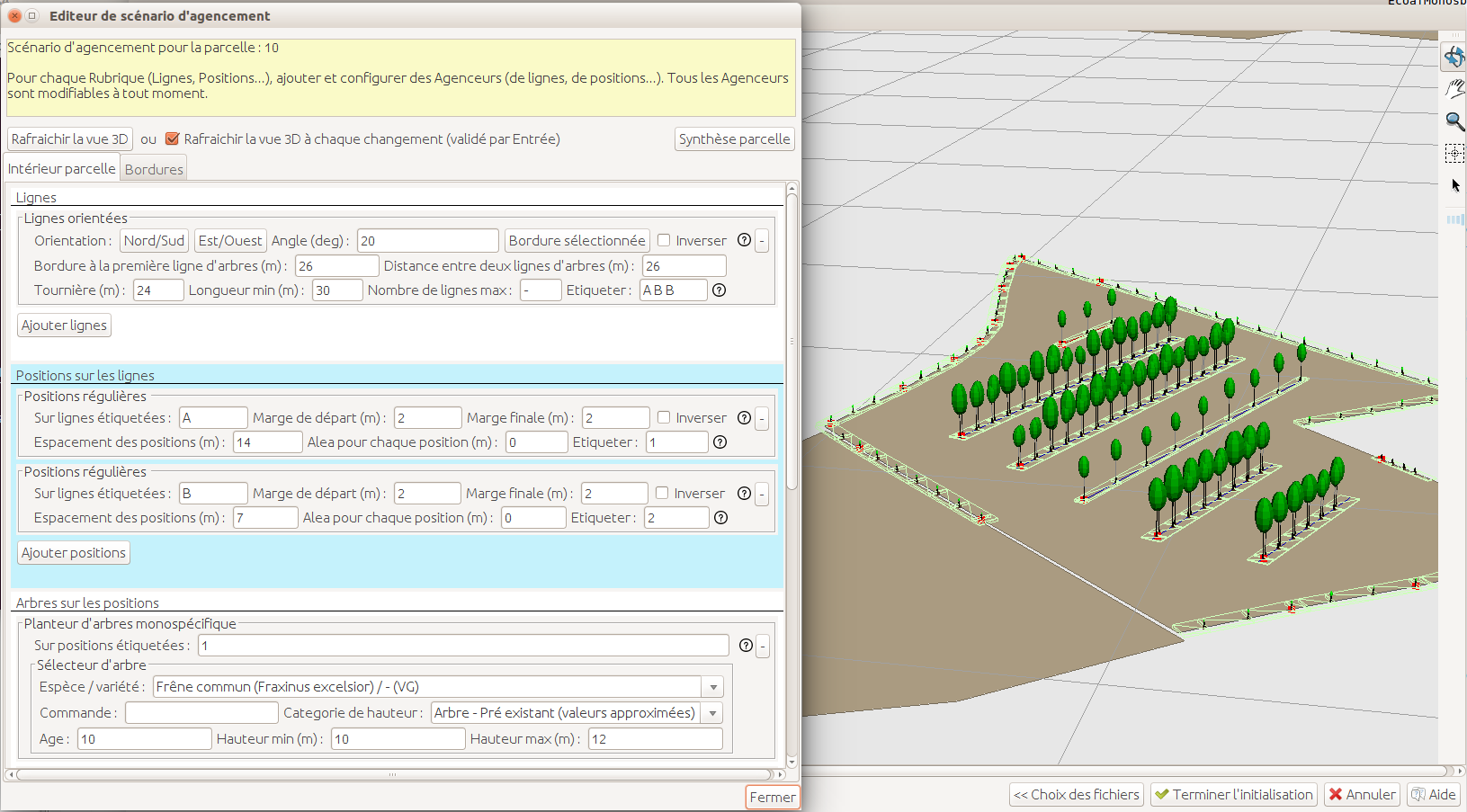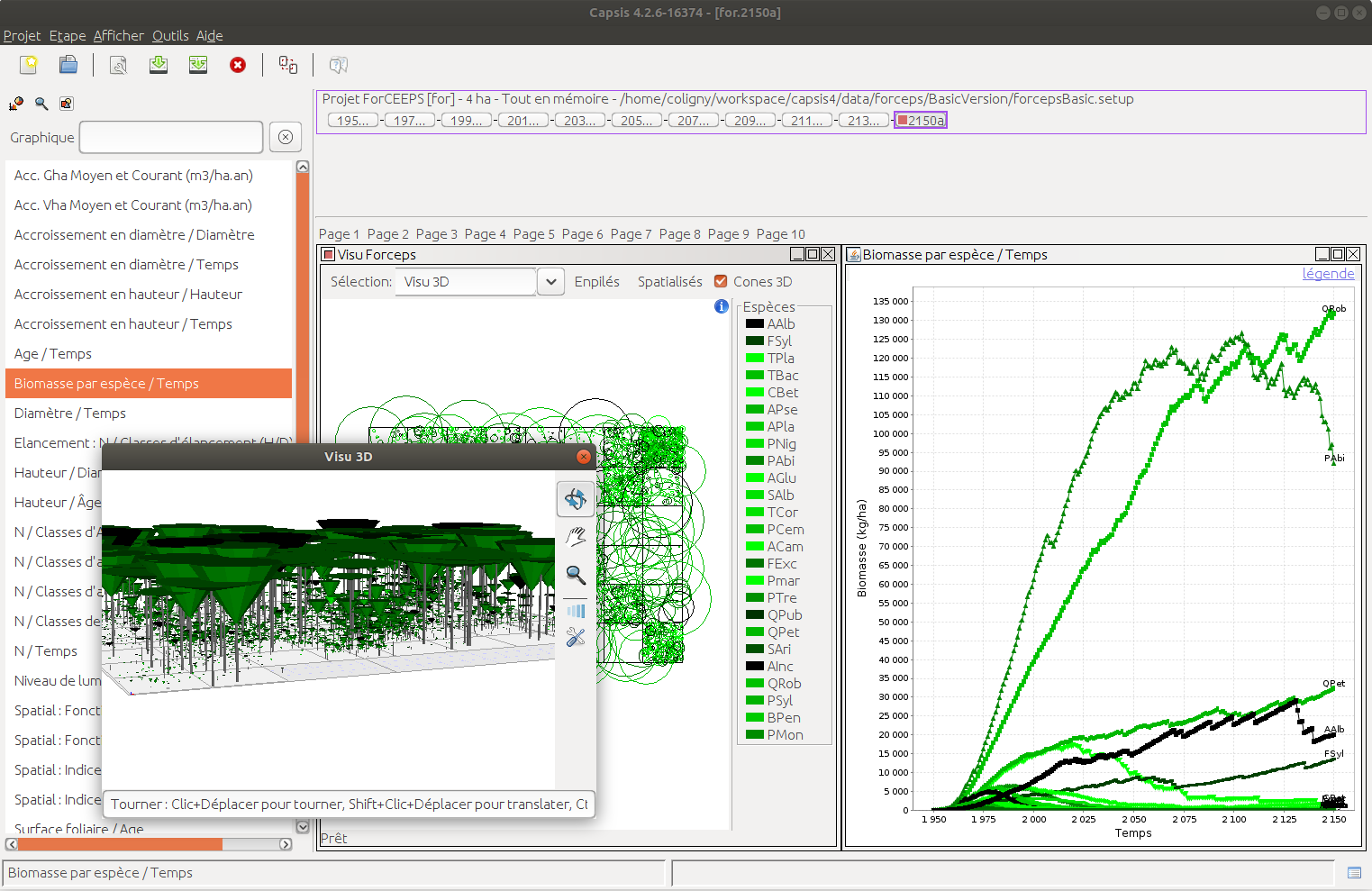The participatory botany platform Pl@ntNet
 is a scientific, participatory platform for the production, aggregation and dissemination of botanical observations, supported by 4 founding organisations: CIRAD, INRAE, Inria and IRD. Initiated in 2009 as part of a flagship project of the same name funded by Agropolis Fondation, the visibility and exploitation of this platform has accelerated since February 2013, with its deployment on mobile platforms (IOS in 2013, and Android in 2014). Since 2013, the number of users has doubled from one year to the next, reaching nearly 6 million in 2020, and nearly 450,000 daily users during the month of May 2020. An impact study concluded that the platform has a strong societal and economic impact, with 12% of users using it in a professional context in various fields including research, education, agronomy, business or tourism. Translated into 24 languages and used on all continents, it contributes both to popularising research work on innovative computer-based learning techniques among the general public and to stimulating the scientific communities in mathematics, computer science and ecology on societal issues through the provision of unique data and services. This platform currently manages nearly two million user accounts, more than 250 million botanical observations, through 36 thematic and geographical projects, developed in partnership with universities, herbaria, botanical gardens, research organisations, environmental education associations and local authorities.
is a scientific, participatory platform for the production, aggregation and dissemination of botanical observations, supported by 4 founding organisations: CIRAD, INRAE, Inria and IRD. Initiated in 2009 as part of a flagship project of the same name funded by Agropolis Fondation, the visibility and exploitation of this platform has accelerated since February 2013, with its deployment on mobile platforms (IOS in 2013, and Android in 2014). Since 2013, the number of users has doubled from one year to the next, reaching nearly 6 million in 2020, and nearly 450,000 daily users during the month of May 2020. An impact study concluded that the platform has a strong societal and economic impact, with 12% of users using it in a professional context in various fields including research, education, agronomy, business or tourism. Translated into 24 languages and used on all continents, it contributes both to popularising research work on innovative computer-based learning techniques among the general public and to stimulating the scientific communities in mathematics, computer science and ecology on societal issues through the provision of unique data and services. This platform currently manages nearly two million user accounts, more than 250 million botanical observations, through 36 thematic and geographical projects, developed in partnership with universities, herbaria, botanical gardens, research organisations, environmental education associations and local authorities.
See more
Contact
The Capsis forest modelling platform
 is a platform for the development of forest growth and dynamics models allowing the construction and evaluation of silvicultural scenarios, intended for researchers, forest managers or teaching. Capsis4 has been developed at AMAP since 1999 and deals with all types of growth models, including "Distance Independent Tree" (MAID) and "Distance Dependent Tree" (MADD) types, with or without spatialization. This software is in permanent development and deals with tree growth from a forestry point of view. It can take into account the main processes (growth, competition, mortality and regeneration/recruitment) and the different relevant levels of spatial organisation (trees in stands, mosaic of tree stands, etc.). Capsis today houses more than 70 different models used in research or for forest management by operational partners (ONF and CNPF in France or the forest services of the province of Quebec in Canada).
is a platform for the development of forest growth and dynamics models allowing the construction and evaluation of silvicultural scenarios, intended for researchers, forest managers or teaching. Capsis4 has been developed at AMAP since 1999 and deals with all types of growth models, including "Distance Independent Tree" (MAID) and "Distance Dependent Tree" (MADD) types, with or without spatialization. This software is in permanent development and deals with tree growth from a forestry point of view. It can take into account the main processes (growth, competition, mortality and regeneration/recruitment) and the different relevant levels of spatial organisation (trees in stands, mosaic of tree stands, etc.). Capsis today houses more than 70 different models used in research or for forest management by operational partners (ONF and CNPF in France or the forest services of the province of Quebec in Canada).








